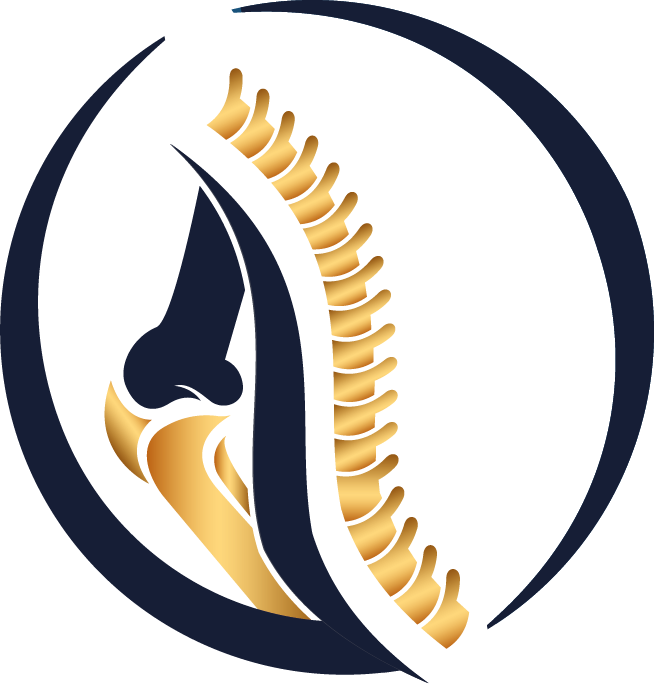Key Factors Accelerating the Recovery Process After Limb Lengthening Surgery
Limb lengthening surgery is an advanced orthopedic intervention designed to improve a patient's quality of life. However, success depends not only on the perfection of the surgical technique but also on the effective management of the post-operative process. In this article, we will discuss the main factors influencing the recovery period after lengthening surgery.
1. Patient-Specific Factors
Age and Bone Quality
Bone healing rates are generally higher in young and middle-aged patients.
In older patients, osteoporosis or decreased bone density can slow down new bone formation.
Nutrition and Metabolic Status
Adequate intake of protein, calcium, and vitamin D is critical for osteogenesis (bone production).
Diabetes, thyroid disorders, or other metabolic diseases can negatively affect bone healing.
Comorbidities and Smoking
Diabetes, cardiovascular disease, or conditions suppressing the immune system delay recovery.
Smoking reduces blood flow to bone tissue, prolonging the consolidation period.
2. Surgical and Technological Factors
Lengthening Technique and Device Selection
Among the Precice method and Combined (LON) methods, there are differences in infection risk and patient comfort. The Precice method generally brings a lower infection risk and a more comfortable period. While the Precice system offers precise control and internal placement advantages, the LON technique provides stability and integration advantages.
Device stability ensures correct tension between bone surfaces, which shortens the consolidation time.
Lengthening Rate and Rhythm
A lengthening rate of 1 mm per day is generally recommended; faster lengthening can increase the risk of pain, nerve tension, or inadequate bone formation in the early period.
Correct planning of the "latency" (post-operative waiting period) and "consolidation" phases is also critically important.
3. Amount of Lengthening
The Role of Total Lengthening Amount
There are significant differences in recovery time and return to daily activities between a 5 cm lengthening and an 8 cm or more lengthening. Generally, each additional centimeter may require an average of 5–7 more days for bone maturation and muscle-nerve adaptation. For example, returning to normal daily life after a 5 cm lengthening is usually completed within 2–3 months, whereas for an 8 cm lengthening, this period can extend up to 4–5 months.
Since it is risky for the patient to become excessively active in the early period, physiotherapy programs and weight-bearing protocols must be planned according to the amount of lengthening.
4. Rehabilitation and Physical Therapy
Early Mobilization
Passive and active joint exercises starting immediately after surgery prevent joint stiffness and accelerate functional recovery. Controlled weight-bearing with walker or crutch support helps maintain both bone healing and muscle strength.
Physical Therapy Program
Customized exercise protocols for each patient include stretching, balance, and strengthening exercises. Regular follow-ups and monitoring of the recovery curve allow for revision of the program when necessary.
5. Psychological and Social Support
Psychological Resilience
Long-term treatment and physiotherapy processes can cause anxiety and stress in patients. Psychological support increases treatment adherence by keeping motivation high. Group therapies or patient support groups provide morale by sharing similar experiences.
Family and Environmental Support
Having a caregiver, especially for daily living activities, facilitates the patient's recovery process. Family members and friends play an important role as sources of morale and motivation.
6. Early Diagnosis and Management of Complications
Risk of Infection
Infection at pin sites can be observed in patients using the combined method (LON). Regular dressing changes and hygiene education reduce the risk of infection.
When infection is detected early, appropriate antibiotic treatment and dressing changes prevent disruption of the consolidation process.
Neurological and Vascular Problems
Inappropriate lengthening rates or technical errors can lead to nerve tension. Early detection of symptoms may necessitate adjustment of the lengthening rate or surgical revision.
The recovery period after lengthening surgery depends on many variables, from patient-specific factors to surgical technique, rehabilitation, and the amount of lengthening. Particularly, an increased amount of lengthening directly affects the recovery time and return to normal life. With accurate pre-operative information, a multidisciplinary approach, and individualized planning, both the effectiveness of the treatment process and patient satisfaction can be maximized.
 Türkçe
Türkçe
 Arabic
Arabic
